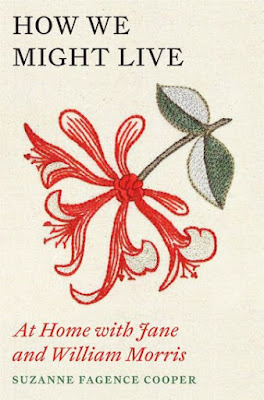Get to know the personal side of nineteenth century and Victorian era painters, poets, artists and authors.
Posts
Showing posts from June, 2022
Review: HOW WE MIGHT LIVE: AT HOME WITH JANE AND WILLIAM MORRIS By Suzanne Fagence Cooper
- Get link
- X
- Other Apps
